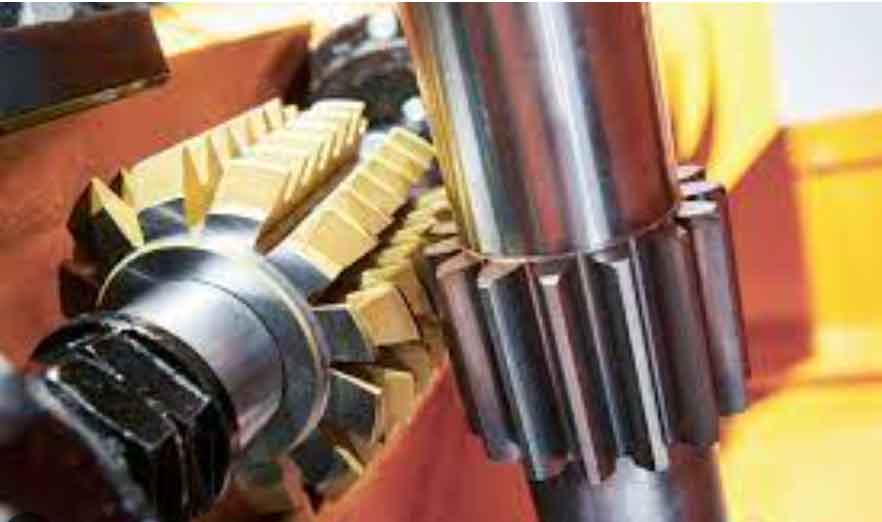
Gear hobbing is a widely used manufacturing process for creating complex gears with precision. It involves the use of a specialized cutting tool called a hob to generate the gear teeth on a workpiece. Gear hobbing offers several advantages, including high accuracy, efficiency, and versatility, making it suitable for various industries such as automotive, aerospace, and machinery manufacturing.
Here’s a step-by-step overview of the gear hobbing process:
- Workpiece Preparation: The process begins with the preparation of the workpiece, which is typically a blank cylindrical gear or gear shaft. The workpiece is mounted securely onto the hobbing machine, which consists of a spindle that rotates the workpiece and a mechanism for advancing the hob.
- Hob Selection: The hob is a cutting tool with a series of equally spaced cutting edges. It is carefully selected based on the desired gear specifications such as the tooth profile, pitch, and pressure angle. The hob is made from high-speed steel or carbide materials to withstand the cutting forces and maintain sharpness.
- Tool Setup: The hob is mounted onto the hobbing machine’s hob arbor and positioned accurately relative to the workpiece. The alignment of the hob and workpiece is crucial for achieving the desired gear geometry.
- Gear Cutting: Once the setup is complete, the gear hobbing process begins. The hob rotates at a high speed while the workpiece rotates slowly, controlled by the machine. As the hob and workpiece engage, the cutting edges of the hob gradually generate the gear teeth by removing material from the workpiece.
- Feed and Depth of Cut: The hob is fed gradually towards the workpiece, known as the axial feed or depth of cut. The feed rate and depth of cut determine the size and shape of the gear teeth. These parameters are carefully controlled to ensure the desired tooth profile and accuracy.
- Multiple Passes: In most cases, the gear teeth are generated in multiple passes. After each pass, the hob is incrementally shifted to cut the next set of teeth until the entire gear circumference is completed. This ensures a continuous and uniform tooth pattern.
- Finishing and Quality Control: After the gear teeth are generated, additional operations such as deburring, chamfering, and heat treatment may be performed to enhance the gear’s surface finish and durability. Quality control measures, including dimensional inspection and tooth profile checking, are carried out to ensure the gear meets the required specifications.
Gear hobbing is known for its ability to produce high-precision gears with excellent surface finish and accuracy. It offers flexibility in producing various types of gears, including spur gears, helical gears, worm gears, and more. The process can be automated for mass production or carried out on specialized machines for smaller production runs or custom gears.
It’s worth noting that gear hobbing is just one of several methods used to manufacture gears, and the choice of manufacturing process depends on factors such as gear type, quantity, desired specifications, and cost considerations. Other gear manufacturing methods include gear shaping, gear milling, and gear grinding, each with its own advantages and applications.
